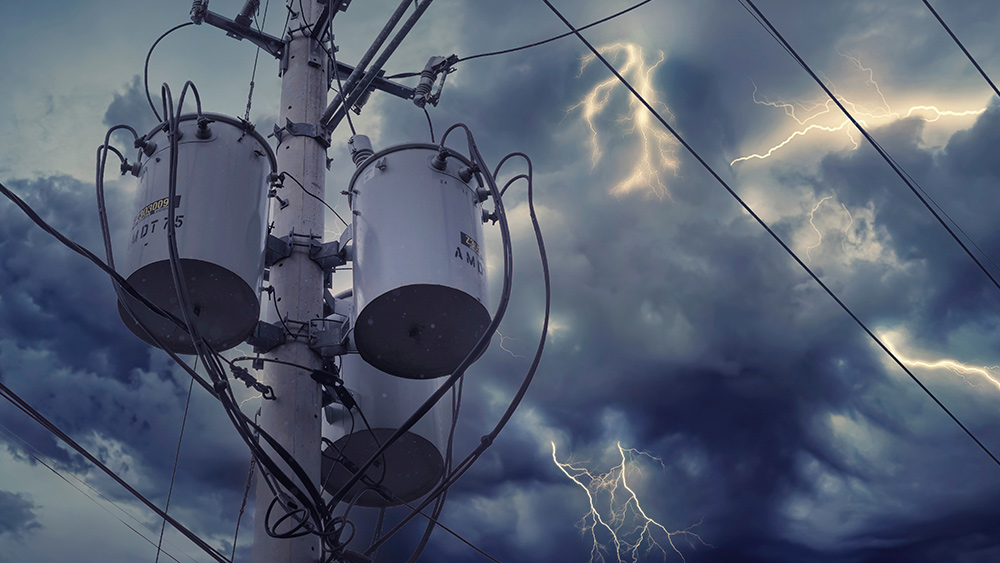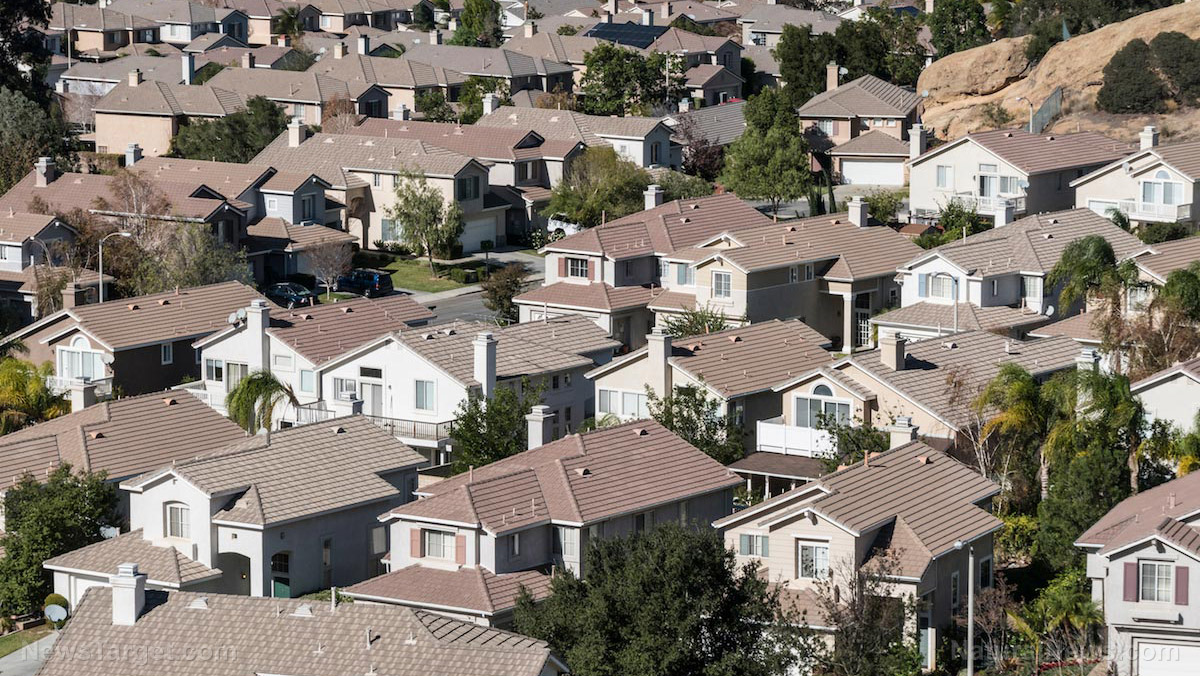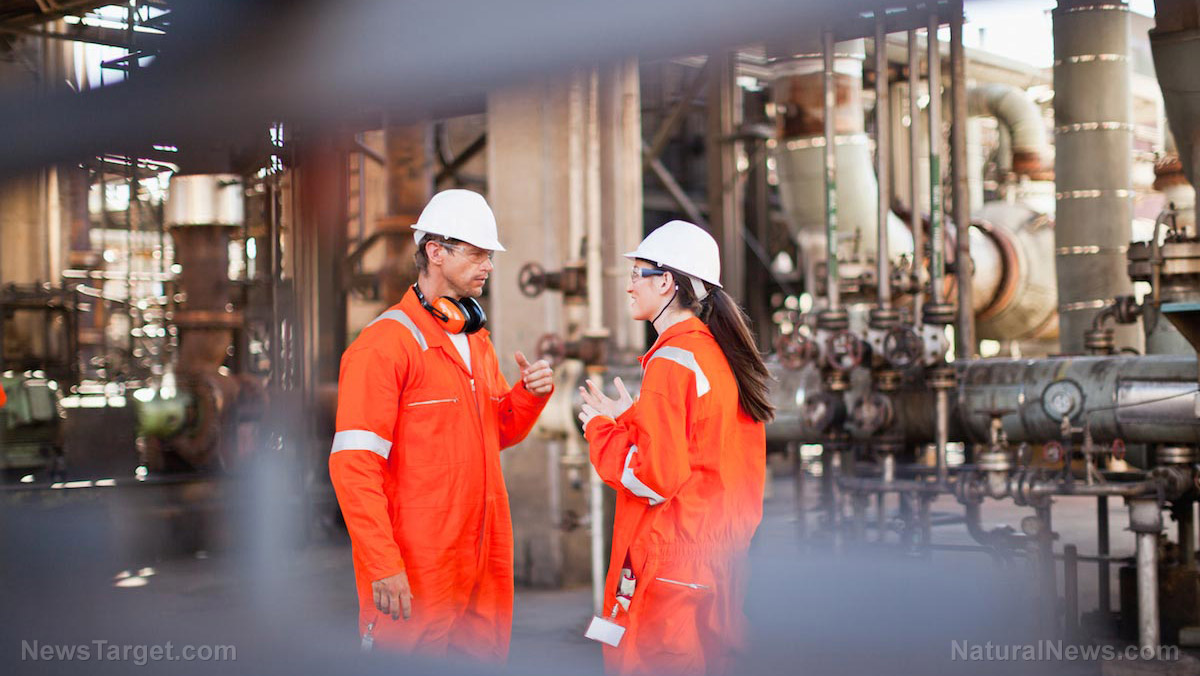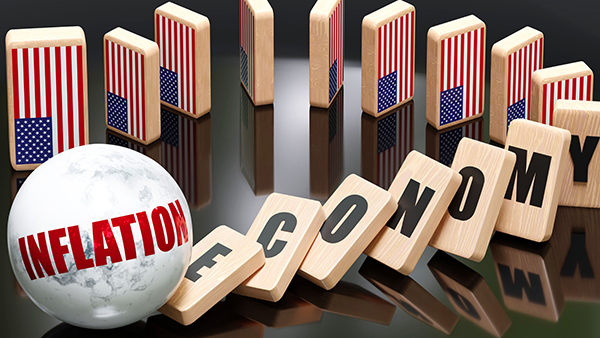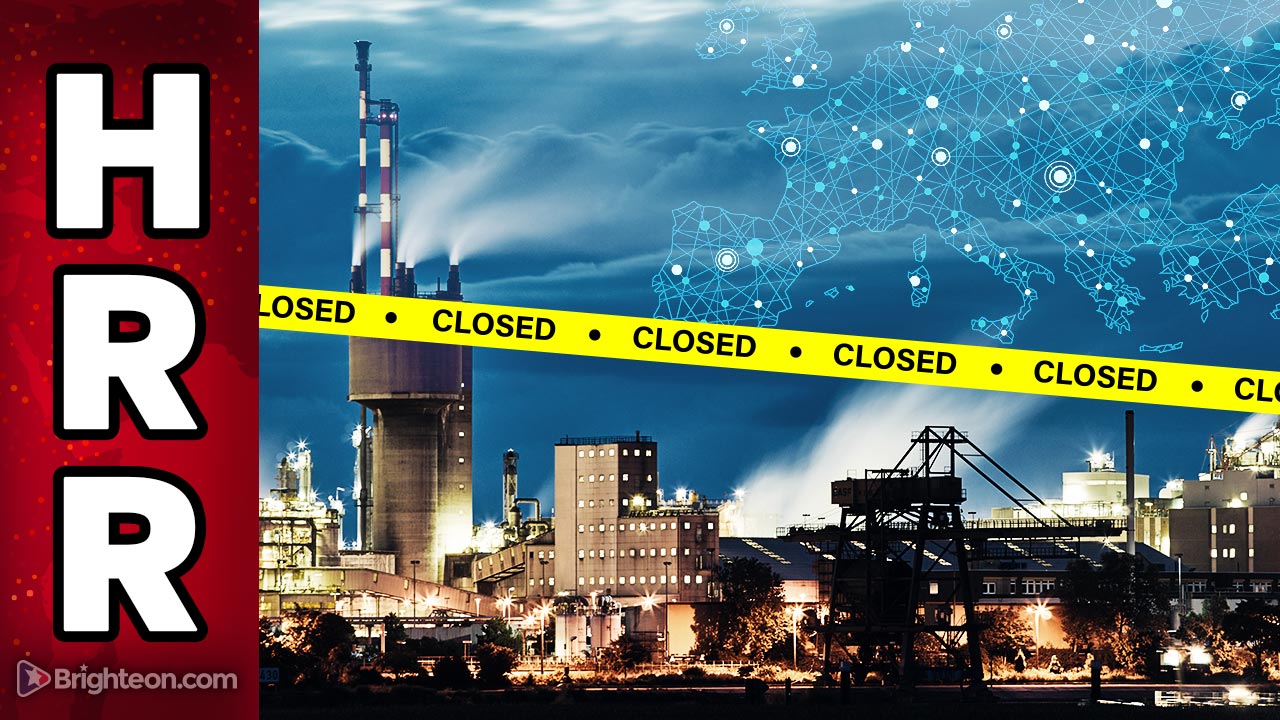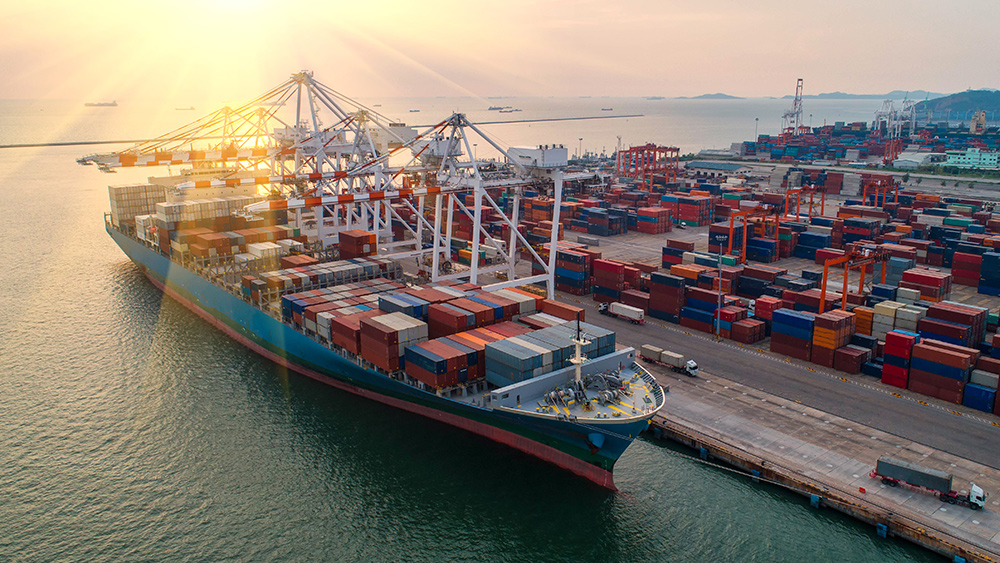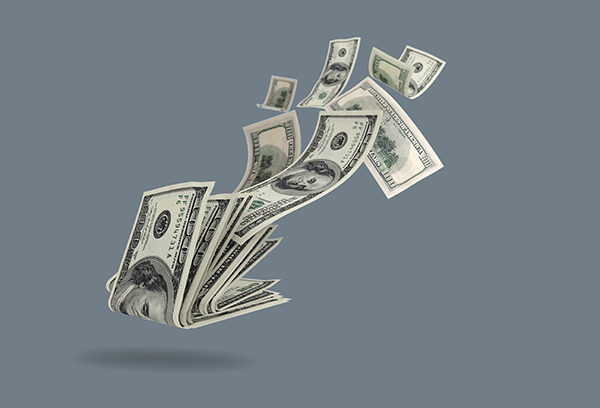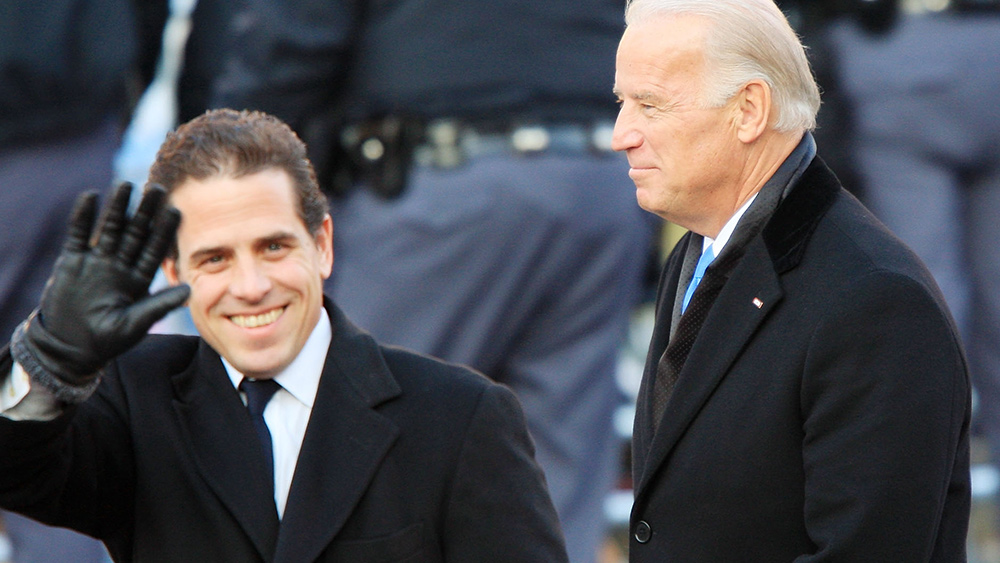Copper faces long-term SHORTAGE as experts expect demand to exceed supply in the coming years
10/31/2022 / By Kevin Hughes

The copper market may face a shortage by the end of the decade.
BHP Group Ltd. CEO Mike Henry pointed out that despite sufficient reserves of metals essential for decarbonization – such as copper, nickel and lithium – there remains the danger of “a mismatch between the timing of [an] increase in demand and when supply meets that demand.”
He elaborated that the market will be in “a little bit oversupply” in the coming years, before toughening up toward the end of the decade as richer hems of the metal become hard to find and mining becomes more difficult.
“There are more issues that need to be addressed in terms of water management, community engagement, broader environmental permitting. These things are taking longer. They are more complex,” Henry said at a recent mining conference in London sponsored by British daily newspaper Financial Times.
Henry’s remarks came after a scorching few months for copper, a barometer of economic activity due to its diverse applications from construction to electricity transmission. (Related: Aluminum and nickel, other commodity prices rise following Russia’s move on Ukraine.)
Copper prices have fallen by about 30 percent from the record high hit in March as growth stumbled in front of soaring interest rates, but Trafigura Group’s Kosta Bintas said during the mining conference that the transition to “green energy” and tight supplies will drive a rebound in copper prices.
Bintas, who serves as co-head of metals and minerals at Trafigura, explained that current copper stockpiles were only sufficient for 4.9 days of global consumption. In normal situations, there would be weeks of copper stocks. He warned that reserves would dwindle to 2.7 days by year’s end.
Push for net-zero carbon emissions will lead to copper shortage
There is an enormous disconnect between the way copper is being priced and traded today and the predictions of a huge hole in the longer-term relationship between copper supply and demand in a net-zero carbon emissions world.
Global resource industry consultant Wood Mackenzie issued a research report on copper with comparable results to one published by S&P Global early this year, with both warning of massive shortages in copper supply proportional to demand.
To meet rapid zero-carbon targets (limiting the rise in temperatures to 1.5 degrees), Wood Mackenzie stated that 9.7 million tons of mine supply would be needed over the next decade from projects that have yet to be approved.
It added that low-carbon copper demand over the next two decades would be equivalent to more than 60 percent of the present size of the copper market, and the additional production needed for the latest projects for emissions-reducing technologies would be equivalent to almost a third of existing refined copper consumption.
That would need around $23 billion ($36.1 billion) of investment a year in new projects and would support a surge in the copper price to more than $11,000 a ton within five years, the consultancy firm added. The copper price as of this writing is just over $7,600 a ton.
Watch the video below to know why there will be an inevitable copper shortage.
This video is from the Liberty and Finance channel on Brighteon.com.
More related stories:
Iron ore prices hit record high as demand surges.
Nickel prices skyrocket to 7-year high amid supply chain crisis.
Sources include:
Submit a correction >>
Tagged Under:
Bubble, Collapse, copper, copper mining, copper prices, copper trading, economic collapse, green deal, green energy, green tyranny, market crash, metals, products, rationing, renewable energy, risk, scarcity, supply chain
This article may contain statements that reflect the opinion of the author
RECENT NEWS & ARTICLES
COPYRIGHT © 2017 RISK NEWS



